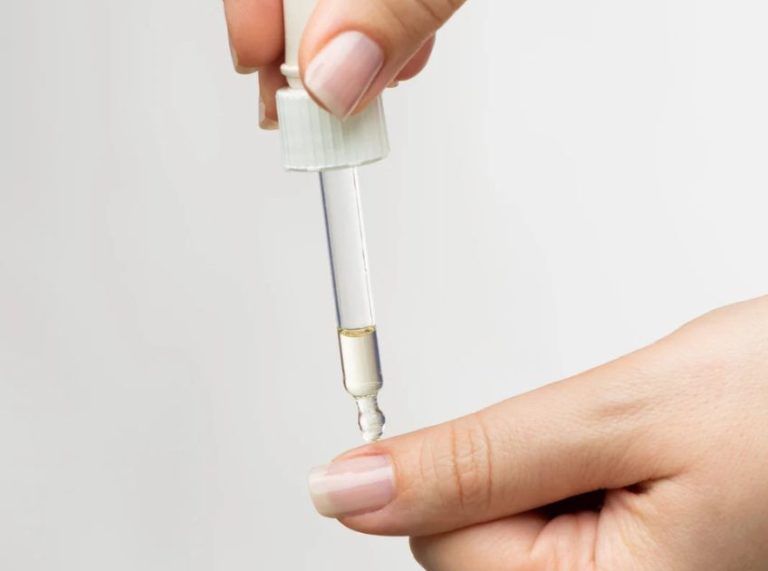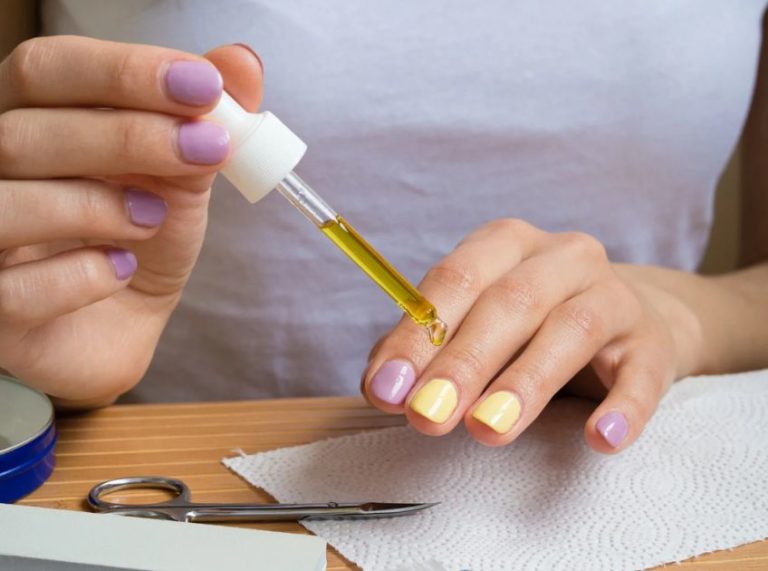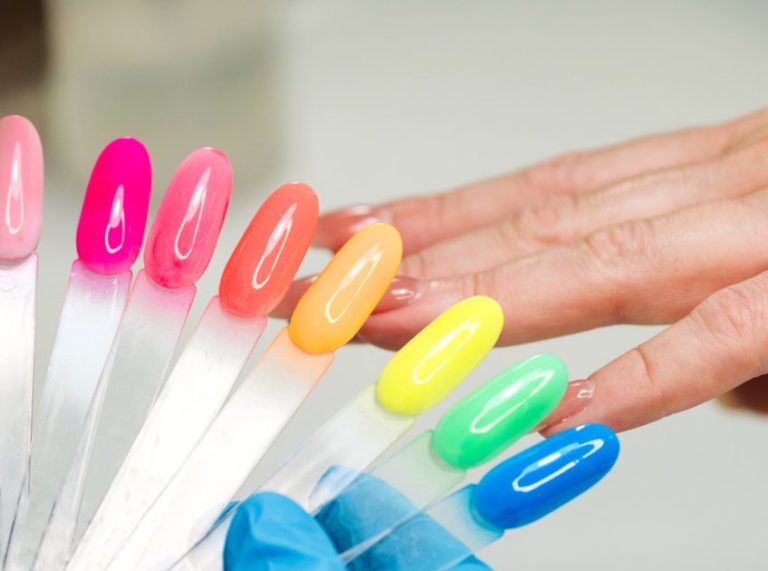
Important: This article is for informational purposes only. Please read our full disclaimer for more details.
A professional pedicure isn’t just a treat—it’s an essential part of foot health and hygiene. Whether you’re chasing smooth heels, polished toes, or a moment of self-care, the frequency of your pedicures matters more than you think. So, how often should you get one?
In this expert guide, we’ll break down how often to schedule your pedicure, what factors influence it, and how to keep your feet looking salon-fresh between appointments.
The Beauty and Benefit of a Regular Pedicure
Pedicures go far beyond pretty polish. They help maintain nail health, soften calluses, prevent ingrown toenails, and improve circulation. Skipping them for too long can lead to:
- Dry, cracked heels
- Nail discoloration
- Buildup of dead skin
- Painful foot issues
Whether you’re someone who lives in sandals or prefers your feet hidden in boots, routine care keeps them healthy year-round.
So, How Often Should You Get a Pedicure?
The short answer: every 4–6 weeks.
But the ideal timing depends on your lifestyle, skin type, and even the season.
Key Factors That Affect Your Pedicure Schedule
1. Your Footwear Habits
If you’re wearing open-toe shoes or sandals regularly, your feet are more exposed to dirt, dryness, and sun damage, meaning you’ll need more frequent maintenance. Those in closed shoes might go a bit longer without issues.
2. Your Skin Type and Foot Condition
Do you have dry, cracked heels? Excess calluses? If yes, you’ll benefit from more regular pedicures, possibly every 3–4 weeks. For those with naturally soft, well-moisturized feet, 5–6 weeks may be fine.
3. Nail Growth and Polish Longevity
Gel or long-lasting polish? Natural nails grow more slowly on your feet than on your hands, but chipped polish or overgrown cuticles can still appear after 3–4 weeks. Regular polish wearers may need touch-ups sooner.
4. Seasonal Changes
In summer, when feet are exposed and dry skin is more common, you might need pedicures more often. In winter, skin tends to be drier but less exposed, so a 6–8 week interval could work if you’re diligent about home care.
5. Your Activity Level
Runners, dancers, or those on their feet all day need more frequent pedicures to manage calluses and foot fatigue. Pedicures every 3–4 weeks can help reduce stress and keep your feet in top shape.
Professional vs. DIY: Can You Skip the Salon?
While salon pedicures provide a thorough clean-up and polish, DIY maintenance in between is essential. Use these tips to stretch the time between appointments:
- Exfoliate feet weekly with a pumice stone or foot scrub
- Moisturize daily, especially heels and cuticles
- Trim nails straight across to prevent ingrown
- Apply a top coat every few days to extend polish wear
A salon pedicure every 4–6 weeks, combined with weekly home care, is the ideal mix for most people.
What Happens If You Wait Too Long?
Delaying pedicures too long can lead to:
- Thick calluses that crack
- Ingrown or infected nails
- Build-up of dead skin or dirt under toenails
- Discoloration or nail fungus
For long-term foot health, consistency is key—not just for beauty, but for comfort and prevention.
How Often Do Experts Recommend Pedicures?
Here’s a simple guide based on needs:
| Foot Care Need | Recommended Frequency |
|---|---|
| Basic maintenance & polish | Every 4–6 weeks |
| Heavy callus buildup | Every 3–4 weeks |
| Gel polish wearers | Every 3 weeks |
| Runners or athletes | Every 3–4 weeks |
| Summer sandal wearers | Every 3–4 weeks |
| Winter foot care | Every 6–8 weeks |
If you’re unsure, ask your nail technician—they can assess your foot condition and suggest the right schedule.
Frequently Asked Questions (FAQ’S)
1. Can I get pedicures too often?
A. Yes, overdoing it can thin the nail plate or irritate the skin. Stick to every 3–6 weeks, and avoid excessive buffing or cuticle cutting.
2. Is it okay to skip polish during a pedicure?
A. Absolutely. Bare nails allow your natural nails to breathe and avoid discoloration. A clear strengthening base coat is a good alternative.
3. Are pedicures safe for diabetics?
A. Yes—but choose salons experienced with diabetic care, or see a medical professional. Avoid aggressive exfoliation and always check for nicks or cuts post-treatment.
Final Thoughts: The Perfect Pedicure Routine
Your feet do a lot for you—show them some love in return. With a professional pedicure every 4–6 weeks and regular care at home, you can enjoy soft, healthy, and beautiful feet all year long. Tailor your schedule based on your lifestyle, personal preferences, and skin needs.
















